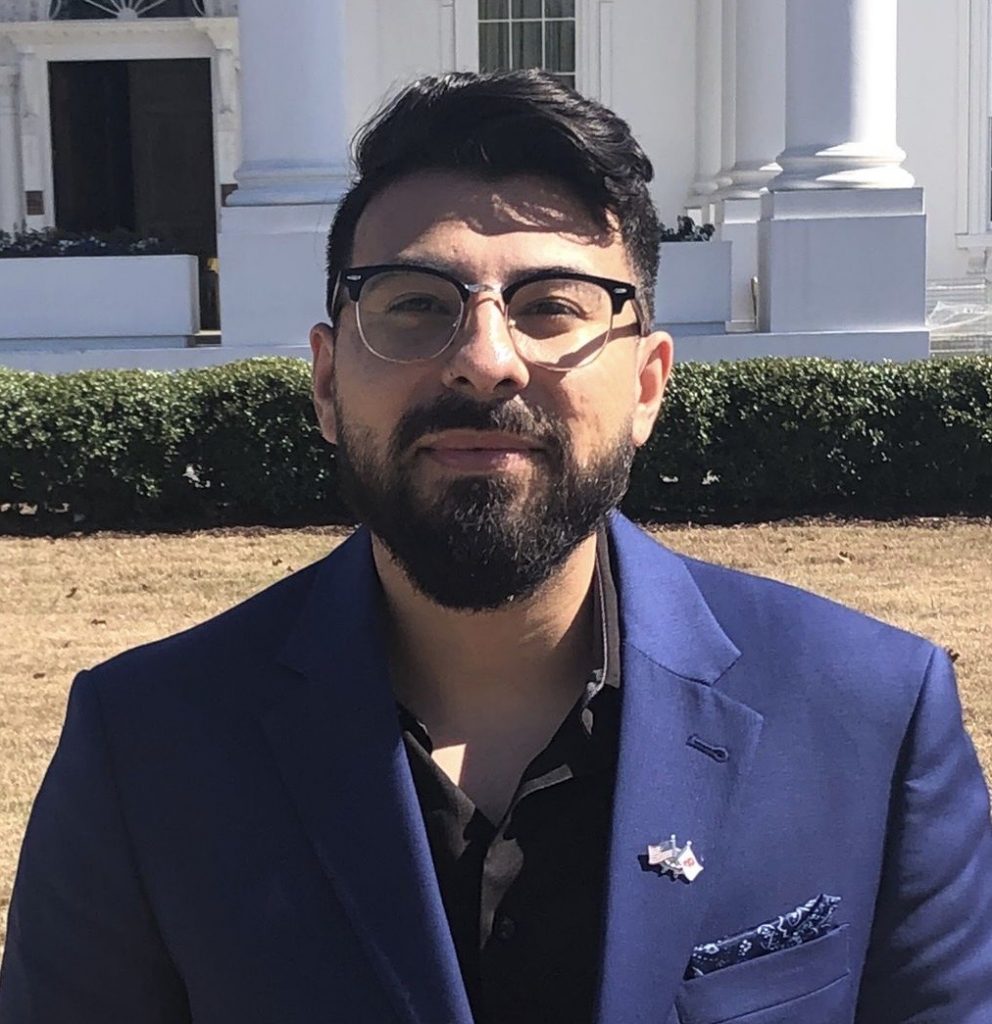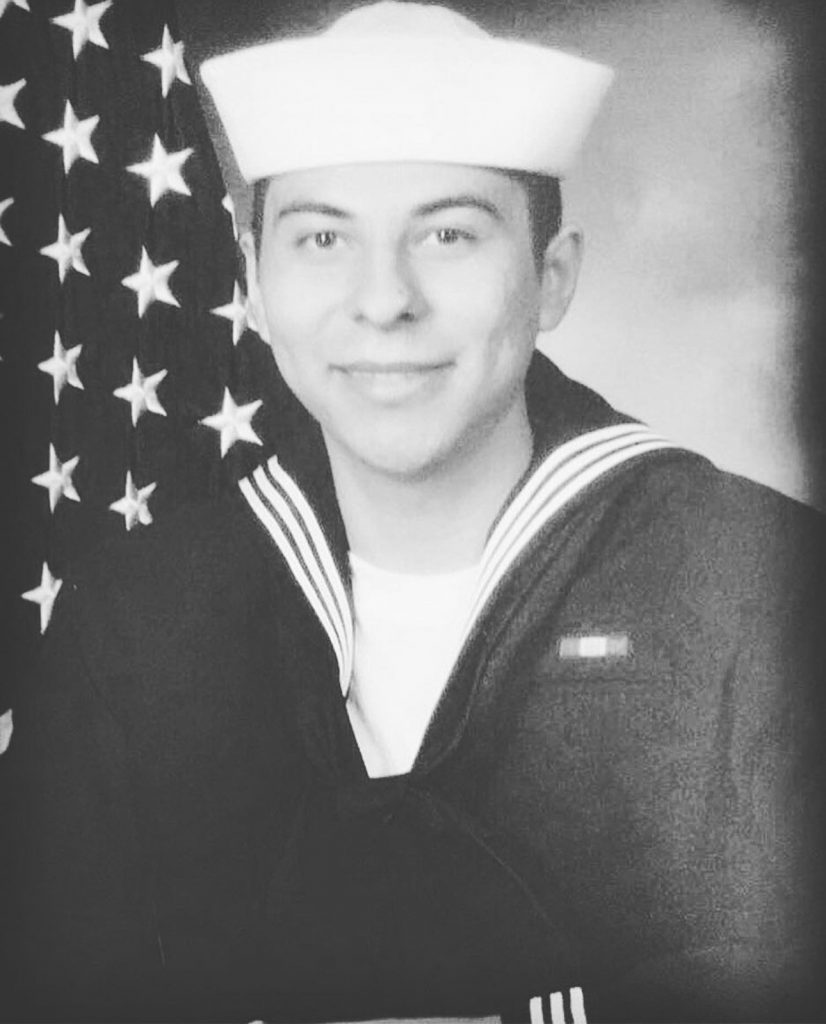When Jurgen Baeza ’26 first set his sights on Syracuse University, it was during his high school days in San Diego, California. Without a clear vision of what he wanted to do, however, he wound up at San Diego State University. With interests ranging from political science to computer science, then a stint in television, radio, and film; Baeza realized he soon needed to look at other options.
“I didn’t really know what I wanted to major in, so I was balancing out different majors. By the end, I was just running out of funds, and I needed to get my life together. One thing that really intrigued me was how the military would pay for college, which was my main objective because I didn’t want to put my family in debt to pay for me going to school–especially having two younger brothers and how they needed to go to school too,” says Baeza, who wound up enlisting in the U.S Navy.
Baeza is currently enrolled at the College of Engineering and Computer Science, where he majors in computer science, following a passion that began back in high school when he, as he recalls, began dabbling a little bit in coding.
Baeza served as an aviation structural mechanic specializing in the F/A-18 Super Hornet’s safety equipment, but in his off time, he pursued those interests with computers and started taking online courses in other coding languages like Java and Python.
“To me, I thought it was like a puzzle to try and solve. You just piece pieces together and make sure that the code runs smoothly. It’s been really fun and also challenging, but it’s very rewarding when you see your code running and there’s no more bugs or anything,” Baeza says.
From Ejection Seats to Classroom Desks
U.S. Navy portrait of Jurgen Baeza ’26 (Photo courtesy of Jurgen Baeza)
When F/A-18 pilots find themselves in trouble while soaring through the skies at more than 1,300 miles per hour, one of their last options is to eject from the aircraft. Baeza was primarily responsible for ensuring the aircraft’s ejection seat would work when all else failed on the jet aircraft. Using small rockets, the ejection seat separates a pilot from a failing aircraft at speeds up to 52 feet per second. Once the pilot has effectively cleared the aircraft, the ejection seat automatically falls away, leaving the pilot to fall back to Earth under the canopy of a fully deployed parachute.
After serving six years and ten months in the U.S. Navy, Baeza got out in 2022 and soon found himself landing on campus at Syracuse University. Much like pilots orienting themselves with their surroundings after safely ejecting, Baeza had to figure out his own surroundings now that he was once again a full-time college student.
“I made the mistake of thinking that Syracuse was going to be like New York City, and when I got here, it was definitely not. I don’t mind it though, it’s nice, I love it so far,” says Baeza, who also states that he had some problems associating at times with traditional students due to the age difference. While trying to find a community to connect with, he stumbled upon a fellow student veteran who helped connect Baeza with other student veterans on campus.
“The Student Veterans Organization was very welcoming, and I have to give a shout out to Savion Pollard, he was my mentor my first semester here. He kept pushing me to go to events with the SVO,” Baeza recalls. He says he was a little “stand-offish” at first, like many veterans he wasn’t looking to participate with the military culture, he was seeking a new path forward. With Pollard’s encouragement, Baeza began going to some of the SVO’s meetings, where he found most of the student veterans shared similar experiences and, like him, weren’t looking to revive their days in the military but instead help each other in the pursuit of their academic goals.


